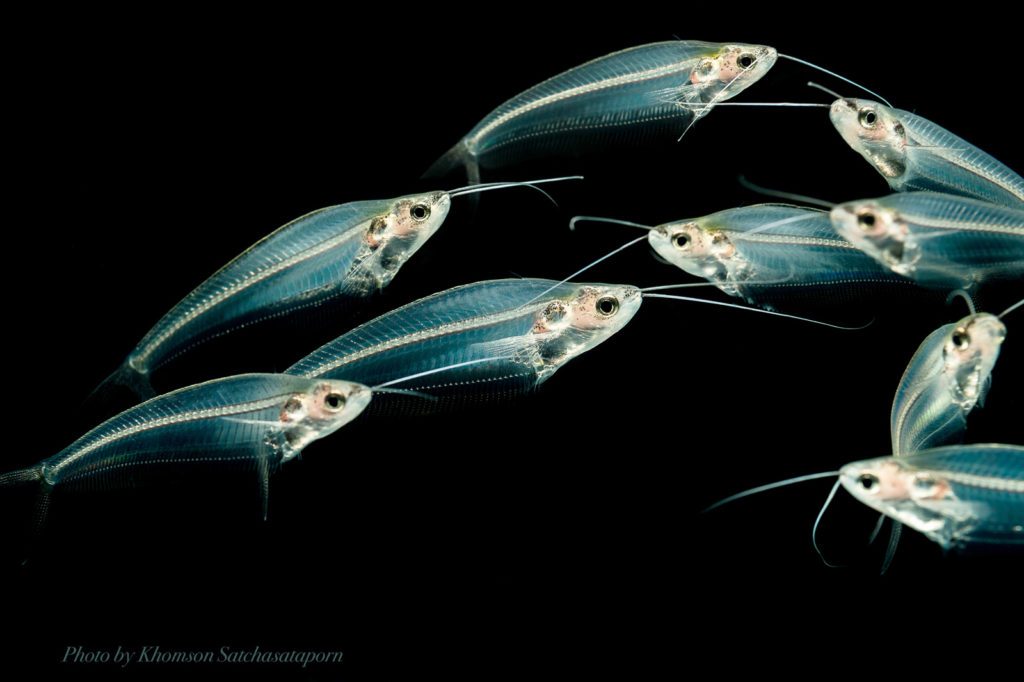

Tomcat - servlet container with an open source software that allows you to run a Web application that contains a number of programs for self-configuration.Depending on the scale of the project and customer’s requirements we use an application server such as: This product integrates with many development tools Java-based applications of independent producers. tools of integration with the mainframe applications, including the implementation of real-time distributed transactions involving these applications.integration with existing systems and other business applications.tools of development and using the Web-services.tools for compilation of J2EE-autonomous components.tools to create and deploy J2EE-applications.Deploying the BEA WebLogic Server, one of the most popular in the application server industry, gives our experts a large amount of tools to increase productivity, including: Enterprise Edition of the product contains a built-in messaging and support the CORBA- and COM-objects implementation and accessing Java-classes through COM- interfaces.Īpplying IBM product line allows us to create effective e-commerce application solutions for corporate and vertical portals, including large financial companies.Major DBMS (Microsoft, IBM, Oracle, Sybase) support.The main advantages of this application server are:

While some projects implementation our experts use IBM WebSphere Application Server, which is a J2EE-compliant application server and is available for the wide range of platforms, including AIX, Solaris, Windows, Linux, z/Os. It provides scalable, high-performance infrastructure, model for the development and deployment, as well as various software components, greatly facilitate custom software development process. Lastly, as far as SSL is concerned: Both Tomcat and Glassfish will happily do SSL, no issues in either whatsoever.PNN Soft creates complex enterprise-scale applications based on different application servers such as WebLogic Server, Tomcat, WebSphere, JBoss, GlassFish and implements internal corporate applications as well as external corporate applications and systems integration. Application Server is one of the key components in the multi-tier architecture of the applications. I've worked with Jersey, and here's a sneak peek looking at the two: Don't go by any popularity consensus, as your requirements are your best guide.Īs far as implementing with JAX-RS is concerned, I don't see any concerns there.
#Glassfish vs tomcat manual
Glassfish has a nice administration console which allows you to do all this from a central UI without manual configuration editing.Īnyways, what I'm getting at is that your choice should be based solely on what you intend to use from the Java/Java EE APIs, and the server that minimally fits that bill. Tomcat has a manager application for basic app deployment, but JNDI and similar resource configurations (like user configs) have to be done by editing XML files manually. GlassFish startup is a bit slower (around 11 seconds on my horrible laptop), but deploys are blazing fast. In terms of performance, Tomcat is lightweight, starts really fast, and is well supported in the Eclipse environment. But, take note, that Tomcat is used to great effect for a lot of complex applications (that don't use Java EE features). Purely in terms of functionality, GlassFish can do everything Tomcat can, and a lot more, because it is a fully JavaEE compliant application server. If you need to use JavaEE features, then look at GlassFish. If you are sticking with Servlet/JSP only, then Tomcat would definitely be a very reasonable choice. More than looking at RESTful services, see what you intend to use to implement your tier functionality. Tomcat is a servlet container only, which simply means that it will not provide support for Java EE features.


 0 kommentar(er)
0 kommentar(er)
